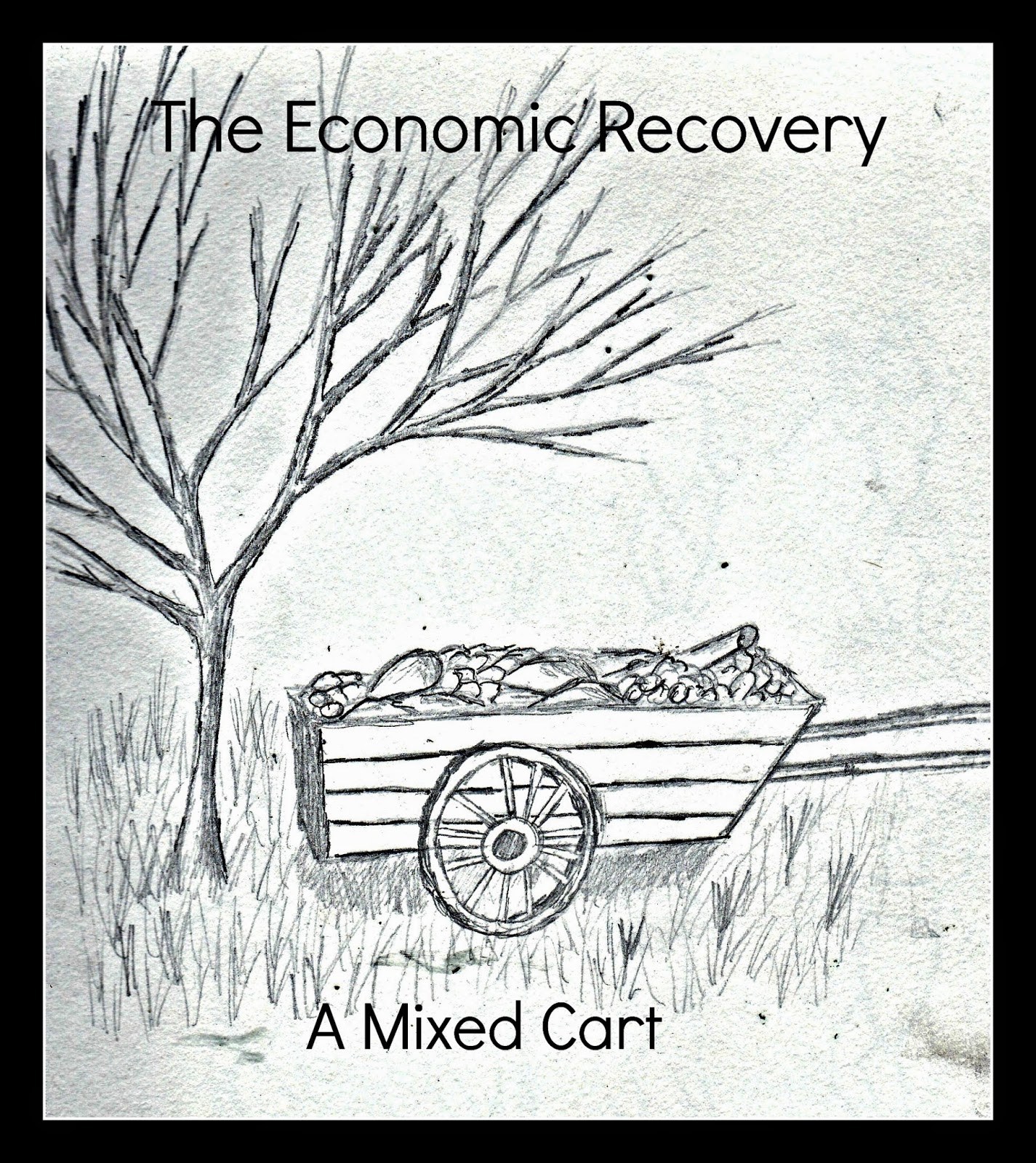The New York Times is getting sophisticated with
their online news reporting and interactive media. It seems as though they are
following some of the trends displayed within the report. The article “How the
Recession Reshaped the Economy, in 255 Charts” highlights industry changes over
the past decade providing some great and not-so-great news. The mapping of
economic data helps provide a greater understanding and analysis of market
trends.
A
Mixed Recovery: Jobs in the middle of the spectrum
shrunk while the periphery grew. Employment in healthcare and energy grew while
jobs in construction and real estate declined.
Different
Kinds of Jobs: The low end service industry and the
high end technology sector experienced increases.
Home
Prices: Home prices have rebounded but new construction has
not.
U.S.
Manufacturing: Manufacturing has seen a reemergence in
the export laden sectors such as aerospace and medical equipment but less in
labor intensive industries such as clothing.
Energy
and Oil Rebound: Energy and oil industries have moved
upwards.
Digital
Revolution: Traditional publishers declined but
those industries relying on data such as online sales, online content, and
software skyrocketed.
Grooming:
Nail salons, pet services, and cosmetic products moved upward.
The report doesn’t provide deep explanations as to
why certain industries were successful in the new market and others were not so
successful. The service industry is growing and providing more jobs to those
who are entering the labor market, have been displaced, or have not gained
enough knowledge to move into higher skilled jobs. Low skilled and labor
intensive sectors are declining in the U.S. while being displaced to low labor
cost countries. However, high technology and analytical markets that include
biotechnology, cutting edge manufacturing, and digital services are gaining.
The report helps highlight how new skills and
greater education will be needed for high paying jobs in the new economy. Many
of these industries are scientific, information technology reliant, and require
higher levels of critical thinking to operate effectively. It is difficult for
countries to easily copy this knowledge and the U.S. is gaining traction in attracting,
retaining and growing these industries.
Housing isn’t as important to the aging Baby Boomer demographic.
Many are either selling their homes, remodeling them, or leaving them as part
of their wills. The Millennial Generation is just starting to purchase homes
and due to budget and financing constraints is optioning to purchase existing
homes versus building new ones. They have
learned to do more with less-fixer uppers in descent neighborhoods are great.
People also want to feel good even though they don't have a lot of money. They are taking their dogs to the parks, groomers, and trainers. They are getting their hair done and polishing their nails. Even though some money is being spent the process is generally more psychological. Spending a little money looking good and feeling good increases positive feelings. Household wealth appears to be slowly climbing again.
The market is continuing to transition from the
Industrial Age to the Information Age. Highly technical skills are needed to
ensure that new products and services are effective in competing on the global
market. Those being rewarded within the economy have gained sufficient skill,
education, and knowledge to move into growing sectors. Some are being displaced
and taking jobs where they can find them. The service industry is growing and
appears to be filling this need with greater job growth. The economic recovery
is split into a camel hump gain.
Ashkenaws, J.
& Parlapiano, A. (June 5th, 2014). How the Recession Reshaped
the Economy, in 255 Charts. New York
Times. Retrieved June 5th, 2014 from http://nyti.ms/1mX3dd7




No comments:
Post a Comment